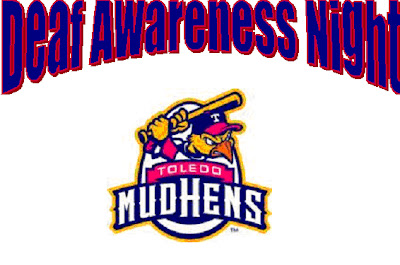For more than 75 years, May has been Better Speech and Hearing Month. According to the American Speech-Hearing-Language Association, it's a time to raise awareness about communication disorders, treatments and prevention.
The noise chart below lists average decibel levels for everyday sounds. Sounds that are louder than 85 dB can cause hearing loss after eight hours of exposure. The higher the decibel, the shorter the period of time it can take for hearing loss to occur.
Painful
• 150 dB = fireworks at 3 feet
• 140 dB = firearms, jet engine
• 130 dB = jackhammer
• 120 dB = jet plane takeoff, siren
Extremely loud
• 110 dB = maximum output of some MP3 players, model airplane, chain saw
• 106 dB = gas lawn mower, snowblower
• 100 dB = hand drill, pneumatic drill
• 90 dB = subway, passing motorcycle
Very loud
• 80-90 dB = blow-dryer, kitchen blender, food processor
• 70 dB = busy traffic, vacuum cleaner, alarm clock
Moderate
• 60 dB = typical conversation, dishwasher, clothes dryer
• 50 dB = moderate rainfall
• 40 dB = quiet room
Faint
• 30 dB = whisper, quiet library
Source: The American Speech-Language-Hearing Association website (www.asha.org)
Deborah J. Botti


